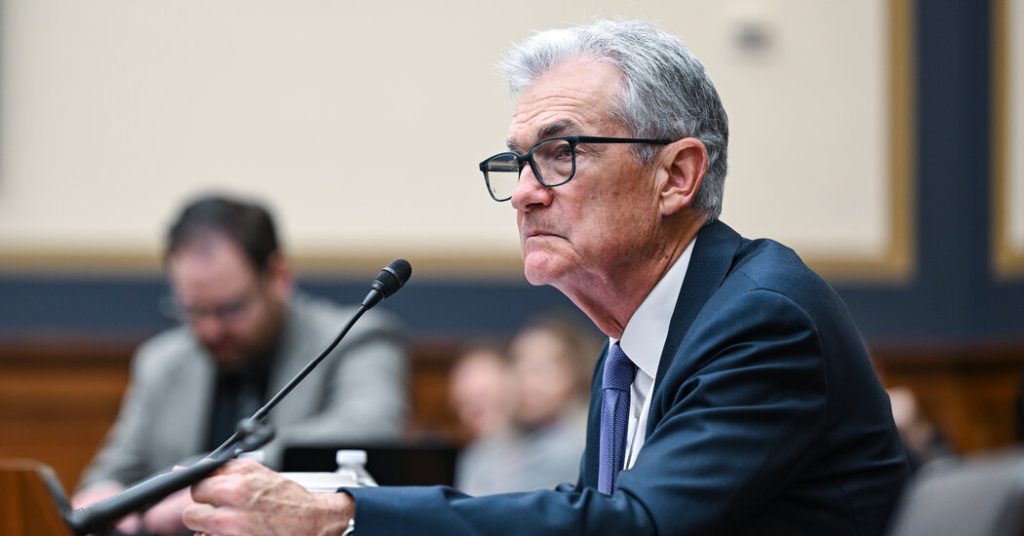The Federal Reserve experienced challenges with inflation remaining stubborn in March, leading to doubts that interest rates may stay higher for longer. Initially, investors hoped for significant rate cuts throughout 2024, but as inflation proved to have more staying power than anticipated, the likelihood of rate reductions decreased. With the latest Personal Consumption Expenditures index showing a rise of 2.7 percent in the year through March, above expectations, the Fed may proceed cautiously in determining when to lower borrowing costs. The core inflation measure, which excludes food and fuel costs, also increased by 2.8 percent annually, consistent with February’s reading and slightly faster than anticipated.
Inflation had been decreasing steadily in late 2023, but recent months have seen progress stall, prompting policymakers to reevaluate the timing and extent of potential rate cuts. Fed Chair Jerome H. Powell indicated that central bankers were not witnessing the desired progress before considering rate reductions. If inflation continues to hover above the Fed’s 2 percent target, it may lead to high interest rates being maintained for an extended period. Despite the Fed raising rates to 5.33 percent between March 2022 and last summer, and keeping them steady since, some experts question how restrictive the current rate setting is given sustained economic growth and rapid hiring.
Data released in March revealed strong momentum, with consumer spending rising by 0.8 percent for the second consecutive month, surpassing expectations. This spending is supported by robust wage growth and after-tax incomes outpacing price increases for the first time since December. Stock indexes rose on Friday following the release of the data, with investors bracing for a potentially negative inflation report. The possibility of a prolonged period of high rates, which can impact stock prices, has increased, leading to speculation that the Fed may delay rate cuts until September or beyond, or potentially not lower rates at all in 2024.
With the current economic momentum, some economists are even considering the prospect of the Fed potentially raising rates again. Fed governor Michelle Bowman mentioned the risk of needing to increase the policy rate further at a future meeting, although it was not her base outlook. Economist Matthew Luzzetti suggested that a rate increase could occur, but only if there is a significant acceleration in the inflation rate. While uncertainties remain regarding the future path of inflation and interest rates, the data and statements from policymakers indicate a cautious approach to managing inflation and monetary policy in the coming months.


